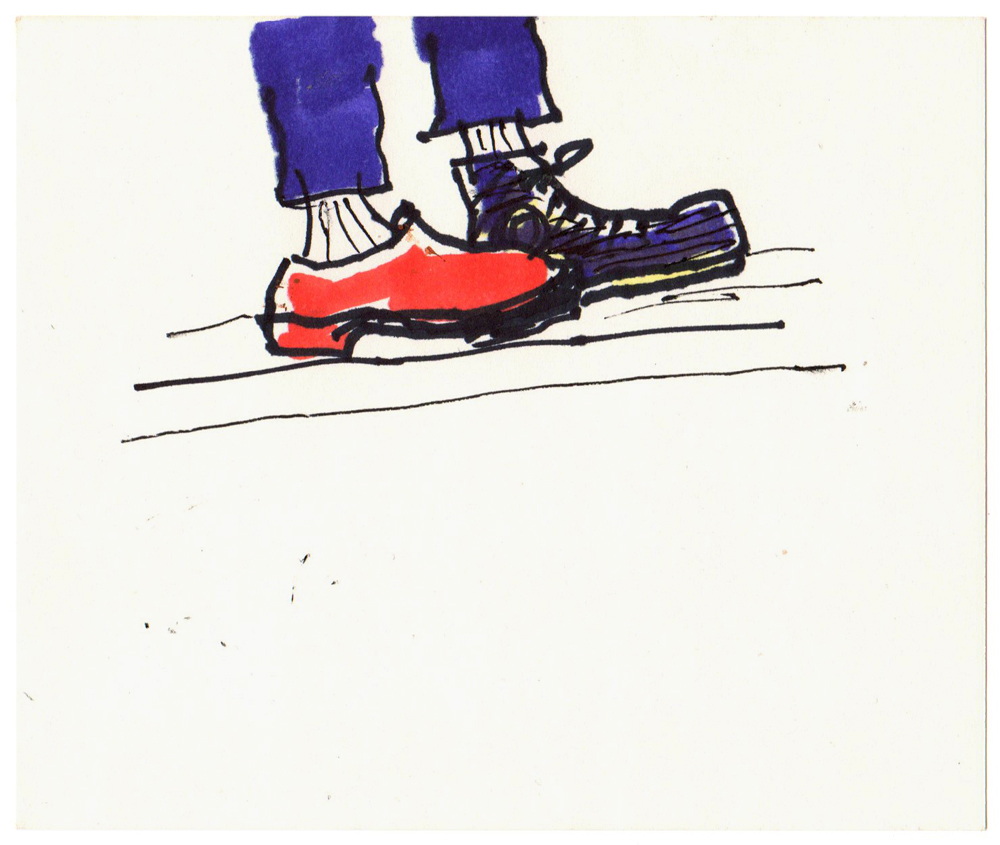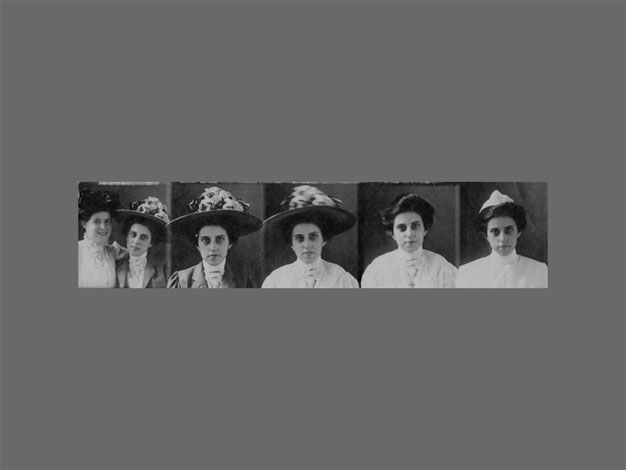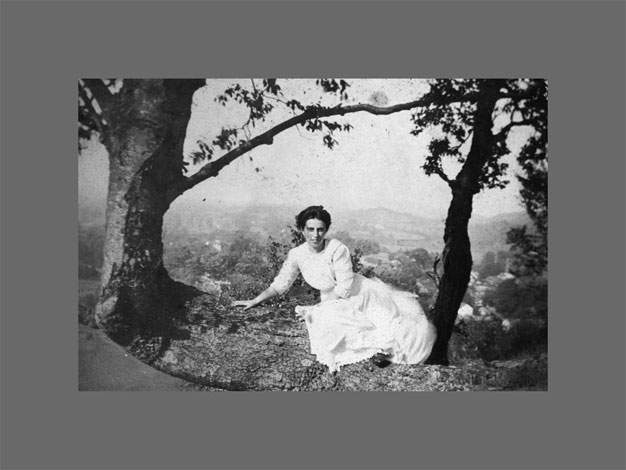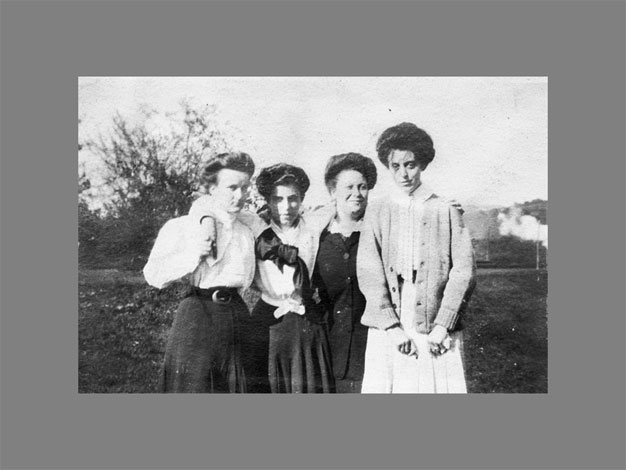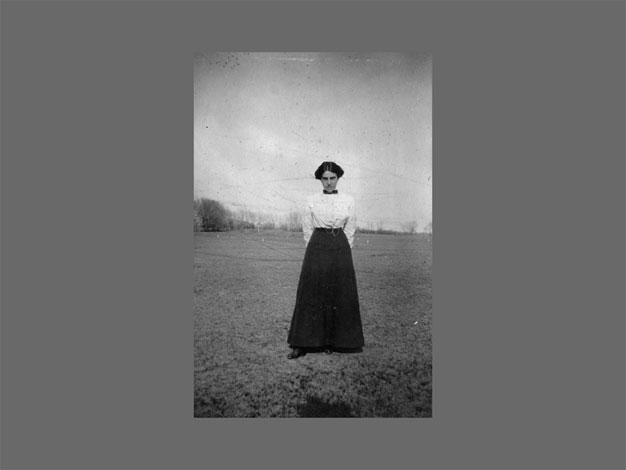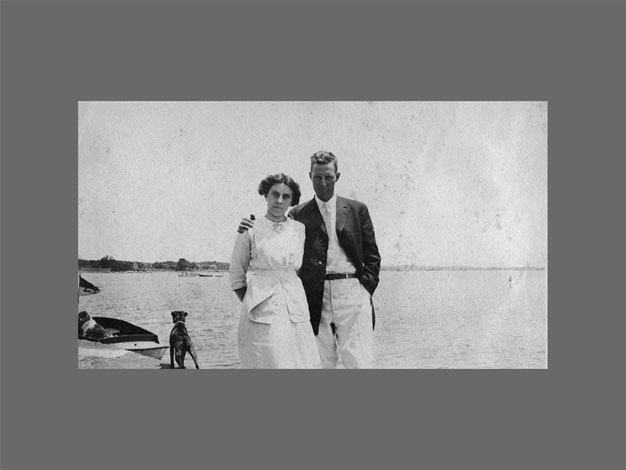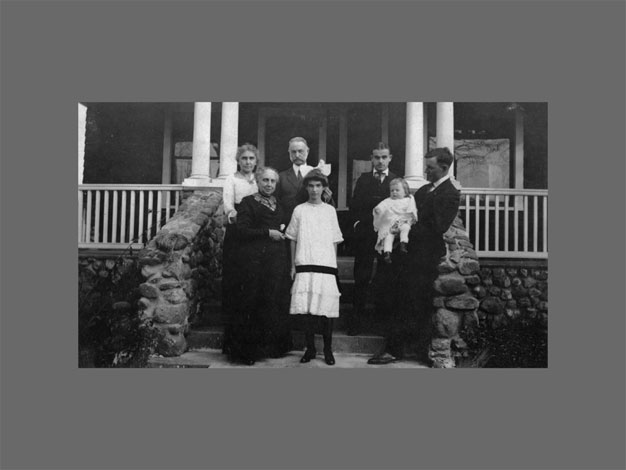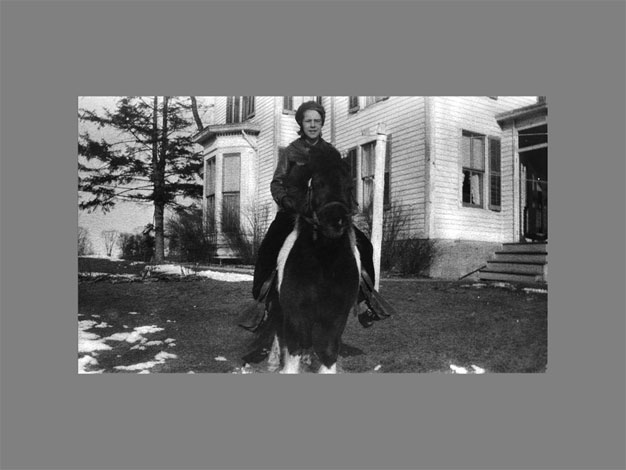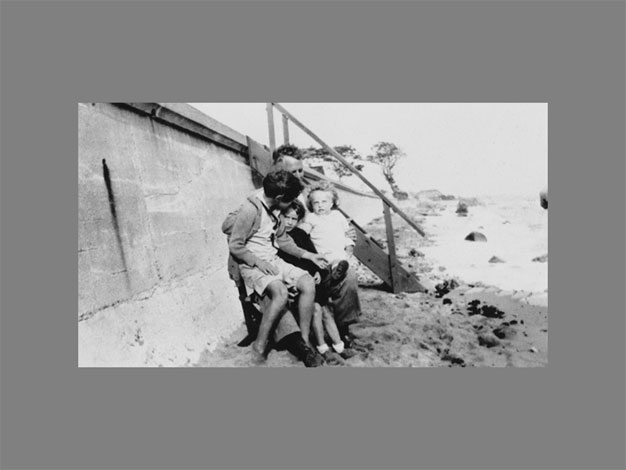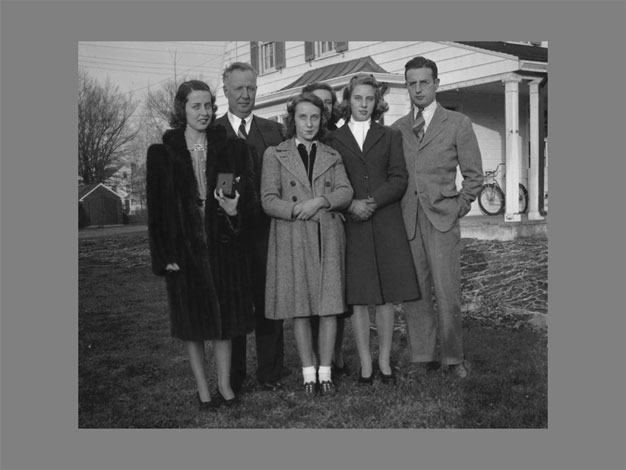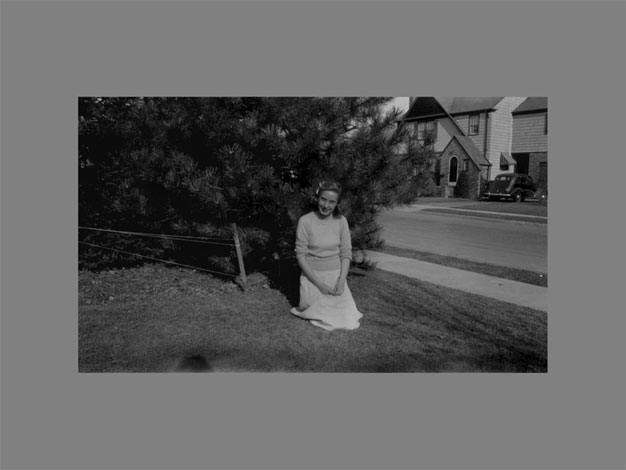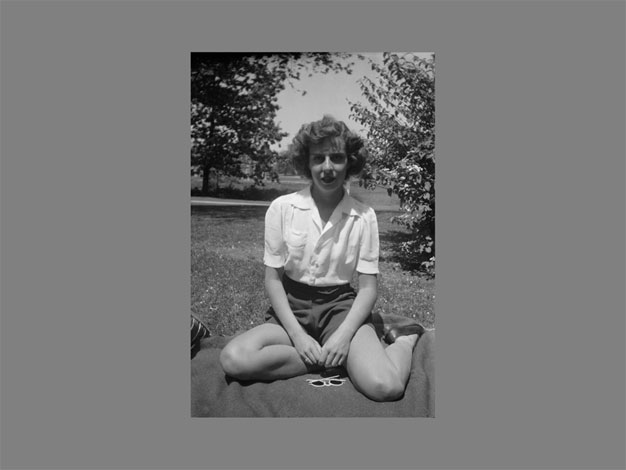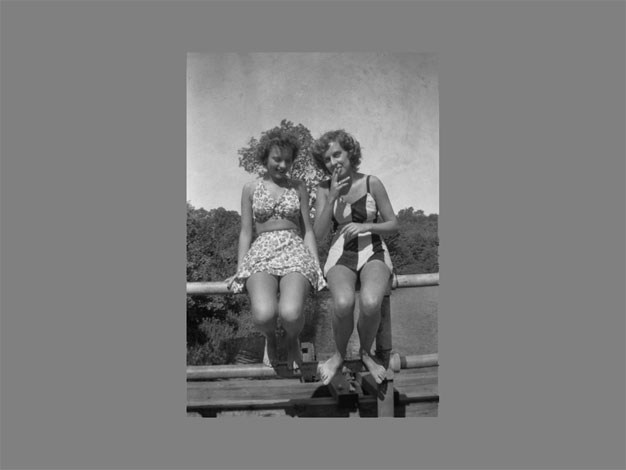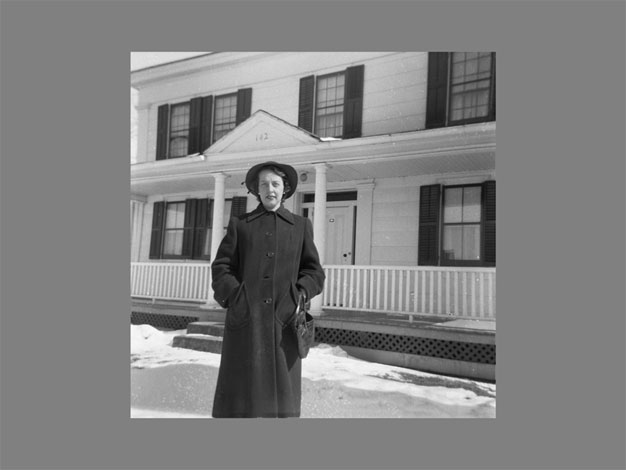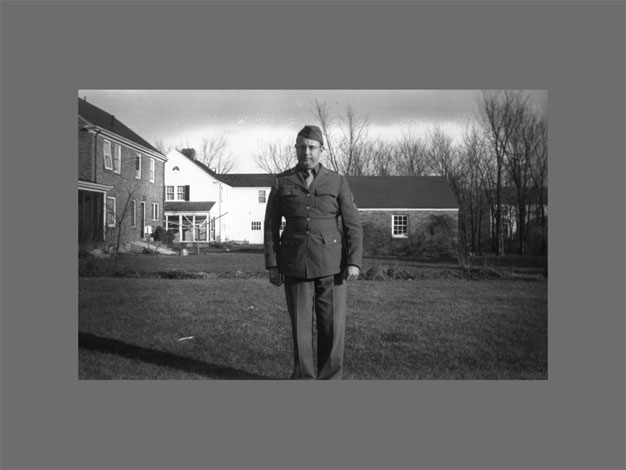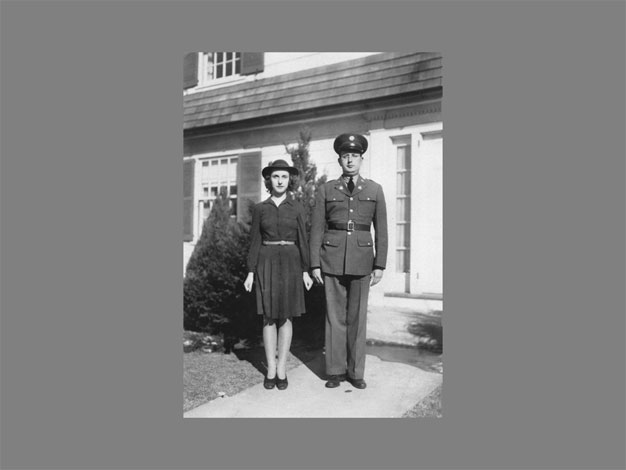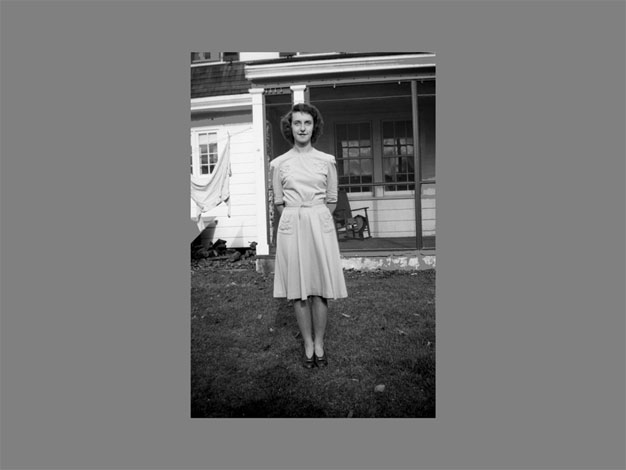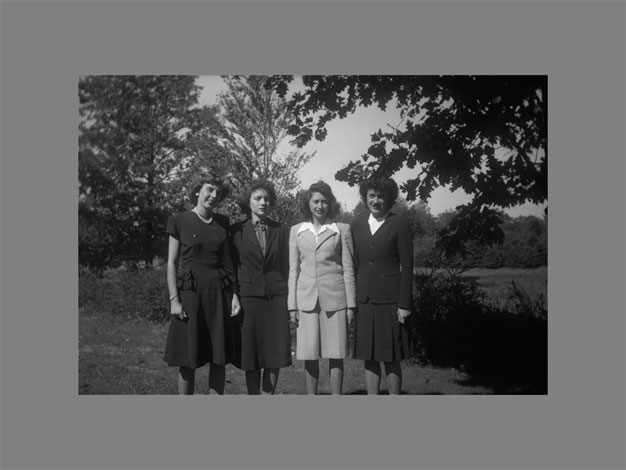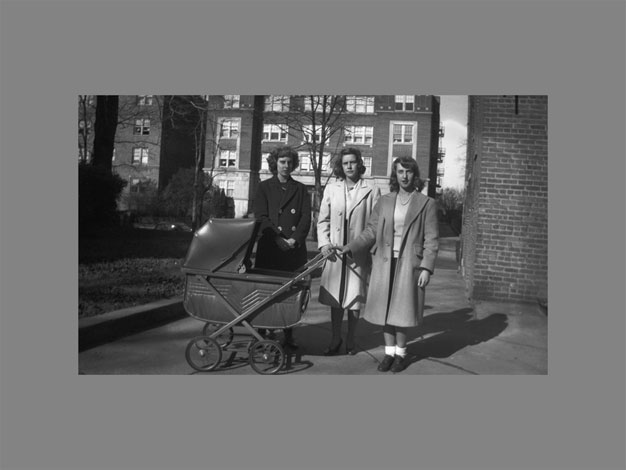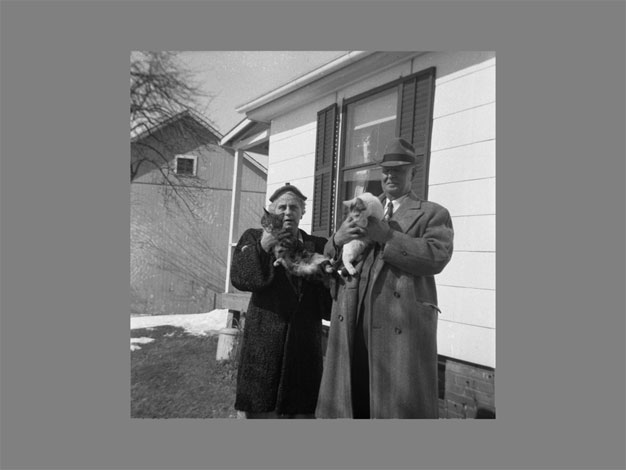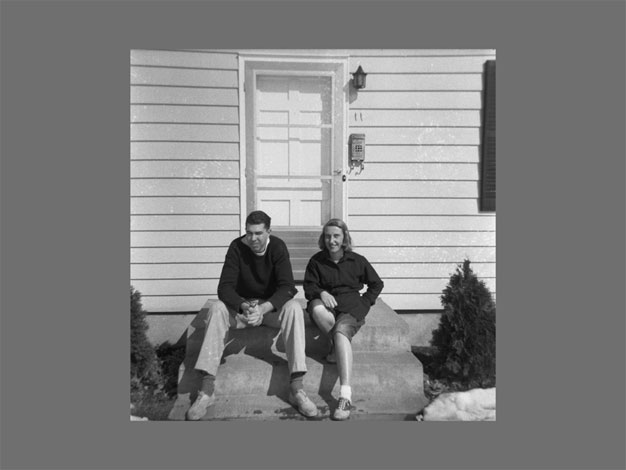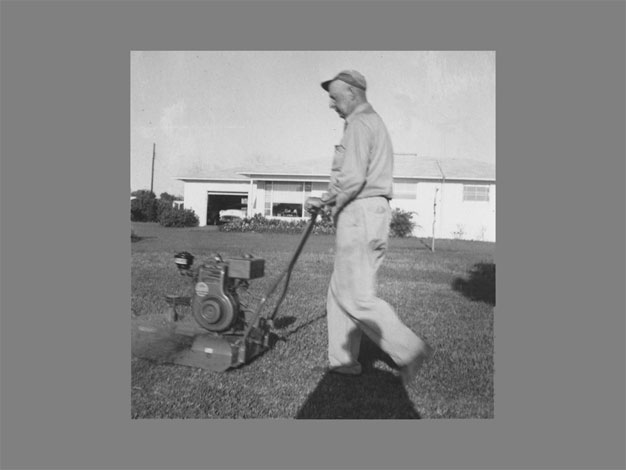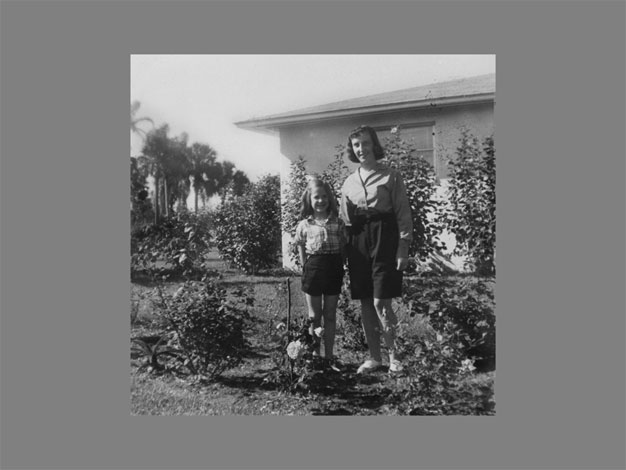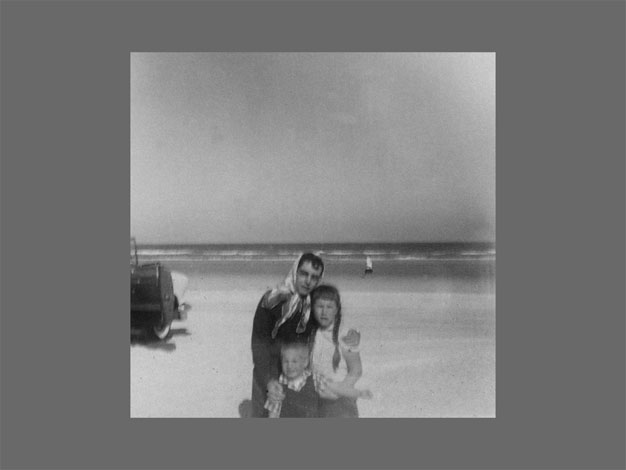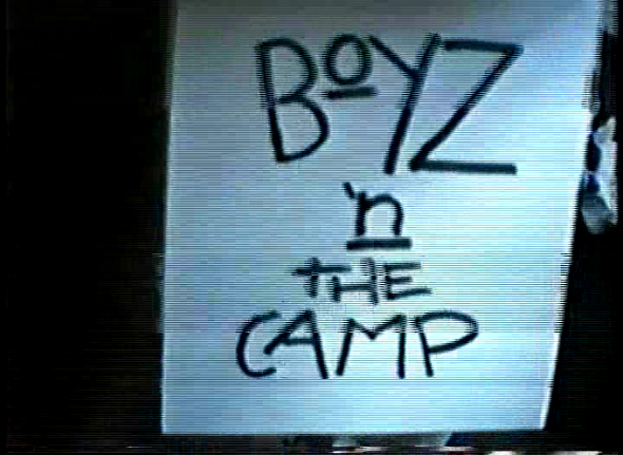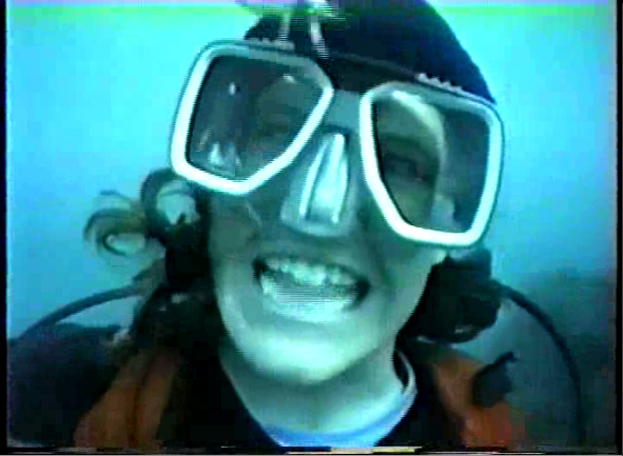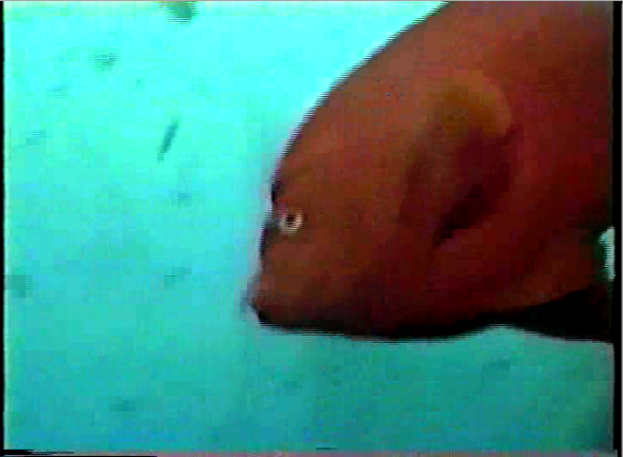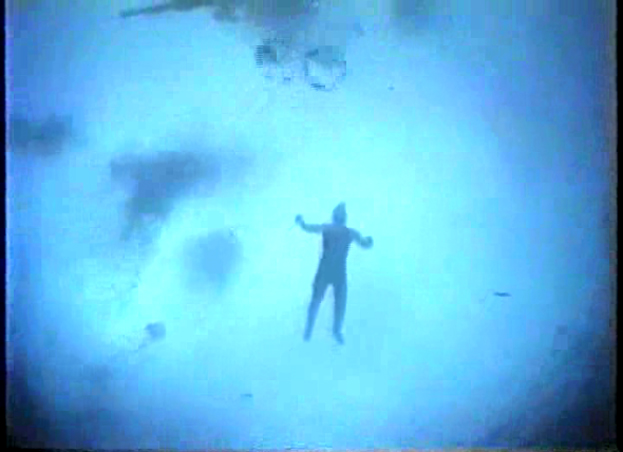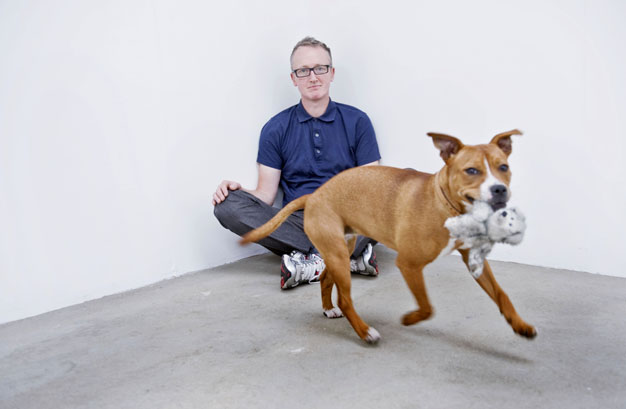ROBERT BREER
Wednesday, September 21st, 2011— A short while ago, my son-law Vhannes Koujanian and my daughter Sophie came to visit us on a too rare occasion. Early in their visit I was telling Vhannes about my habit over many years of getting up early to avoid the morning rush hour on my way to teach at Cooper Union in New York and about getting dressed in the dark to avoid waking up my wife Kate. I bragged that in fact, though long retired, I still do get dressed before sun-up!
He said “I KNOW!”
Surprised, I said “HOW DO YOU KNOW THAT?”
He said “LOOK AT YOUR SHOES!”
I looked down and saw that I was wearing two distinctly different shoes!
Robert Breer was born in Detroit in 1926. Having entered film through painting in the early 1950s, Breer was at the forefront of experimental animation for over sixty years. In 2005 Breer received the prestigious Stan Brakhage Vision Award in Denver, Colorado. More recently the BALTIC Centre for Contemporary Art, Gateshead, held the most comprehensive exhibition to date of Breer’s work; ranging from early paintings, abstract films and kinetic sculptures. Robert Breer sadly died on Thursday August 11, 2011, aged 84. Anthology Film Archives continue to preserve the films of Robert Breer.
www.gbagency.fr
www.anthologyfilmarchives.org
Thank you to Nathalie Boutin and gb agency without whom this entry would not be possible.

